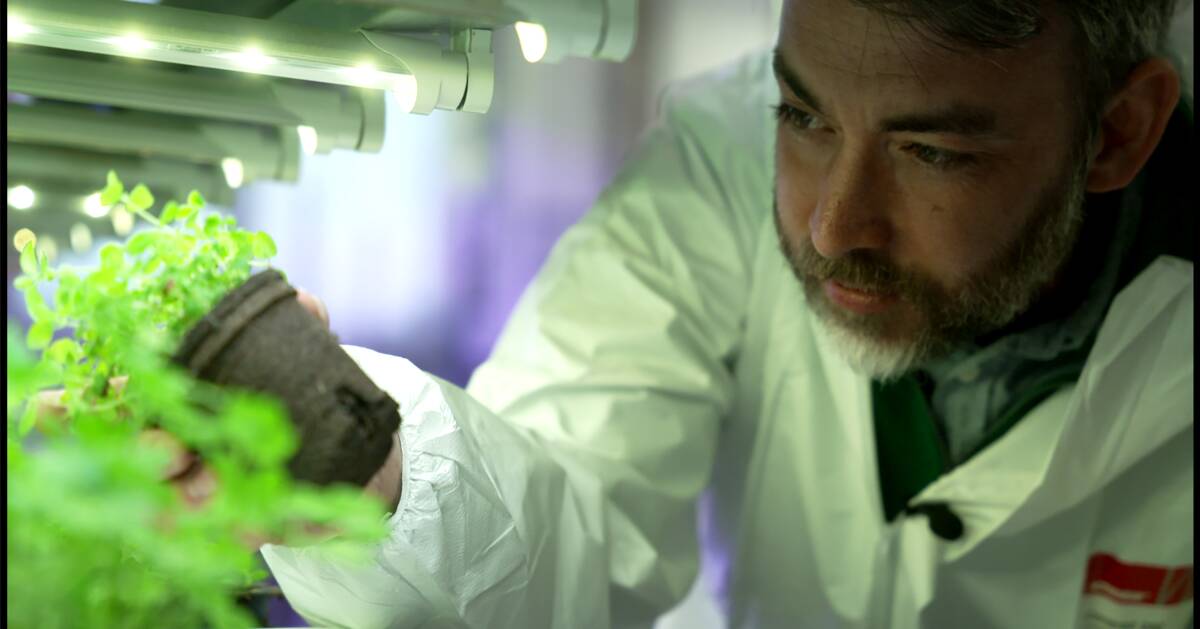Today it is possible to grow almost anywhere with the help of LED lights and special technology.
In vertical plantations, vegetables can grow indoors at height in multi-storey shelving systems.
Apart from the fact that urban cultivation in our cities requires little space, no long food transports or pesticides are needed as the closed rooms protect from vermin.
- If we grow in the cities, we get the food a little closer to the consumers.
We can have a year-round production so that we have access to fresh and healthy food all year round, says Michael Martin who is a researcher in sustainable production and consumption at the Swedish Environmental Institute IVL and KTH.
Sevenfold doubling of companies
In his research, Michael Martin has kept statistics on the number of companies in Sweden that work with indoor cultivation and seen that there has been a large increase over the past eight years.
As the cultivation method is relatively new, the Swedish Board of Agriculture has not yet kept any statistics on urban cultivation.
But in 2015, Michael Martin could see that there were two companies working with urban cultivation in Sweden.
This year he has noted that there are at least 15 companies and in the last five years alone the number of companies has doubled.
- There is today a large production of vegetables from urban farms and there are great opportunities to expand it.
We have a lot of space in our cities that is not used for anything, which can be used for cultivation, says Michael Martin.
Increase food production
In the 1990s, we produced 75 percent of Sweden's food within the country's borders.
Today we produce only half of all the food we consume.
The Swedish Environmental Institute IVL is now running projects on urban cultivation to try to find alternative solutions to produce more food within the country in the future.
Michael Martin is involved in several of the research projects and helps companies in Stockholm to develop their urban cultivations.
The goal is to make indoor cultivation resource-efficient, efficient and sustainable.
- We look at the entire environmental impact of the crops from when you buy materials to when you deliver to consumers.
It is possible to make the systems more resource efficient by using residual waste, taking care of the heat and improving the light according to what the plants need, says Michael Martin.
Consumes a lot of electricity
But there are disadvantages to indoor cultivation.
The systems require a lot of electricity and not everything can be grown indoors in vertical cultivation systems.
- You can not grow basic goods such as wheat and rice.
It could work, but it takes too much energy and time.
What we grow today is a little more luxury goods, such as salad and herbs.
But there is great potential to grow other things as well, such as berries and legumes, says Michael Martin.

